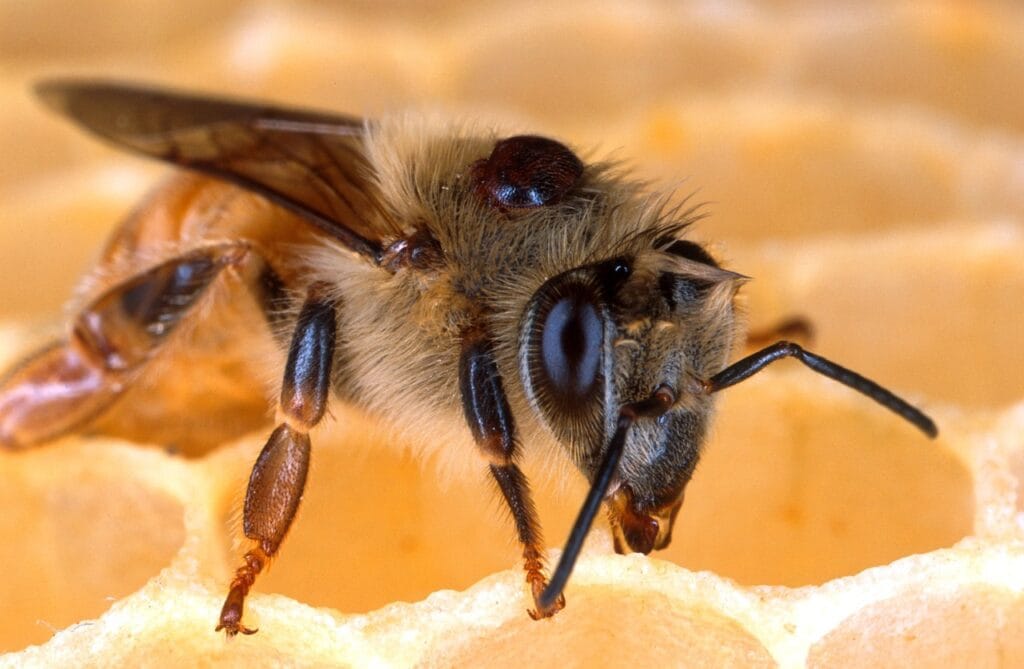Discover effective nematodes like Steinernema carpocapsae for controlling SHB populations
Nematodes such as Steinernema carpocapsae are highly effective in controlling small hive beetle (SHB) populations, particularly during the beetle’s vulnerable soil-dwelling larval and pupal stages.
In controlled experiments
S. carpocapsae achieved up to 100% mortality of SHB larvae fourteen days after application in optimal conditions[1].
It consistently outperforms other nematode species, achieving infection rates above 80–94% in various soil types—such as loamy sand and sandy loam—when applied at sufficient population densities[2][3][4].
Even under less ideal soil types, such as silt loam, substantial control (around 47–80% mortality) has been documented[2][4].
Persistence studies show
S. carpocapsae continues to cause high SHB mortality (over 90% effectiveness) for several weeks after a single soil application, maintaining efficacy up to six weeks under field conditions[1].
Its success is enhanced when higher concentrations are used and when soil moisture is moderate—not overly saturated or extremely dry[2][3].
To maximize control
Nematodes should be applied to the soil beneath and around hives at times when beetle larvae are present (often late spring through summer).
The efficacy can be influenced by soil texture, moisture levels, and correct timing of application.
Overall
S. carpocapsae is considered one of the most promising and reliable biological controls for reducing SHB populations as part of an integrated pest management approach[2][1][3][5].
⁂
- https://pmc.ncbi.nlm.nih.gov/articles/PMC11954647/
- https://pmc.ncbi.nlm.nih.gov/articles/PMC8267404/
- https://www.ars.usda.gov/research/publications/publication/?seqNo115=385521
- https://etd.auburn.edu/bitstream/handle/10415/7330/MSThesisFinal.pdf?sequence=2
- https://sciendo.com/article/10.2478/jofnem-2025-0011
Ad – Amazon Associate Store









